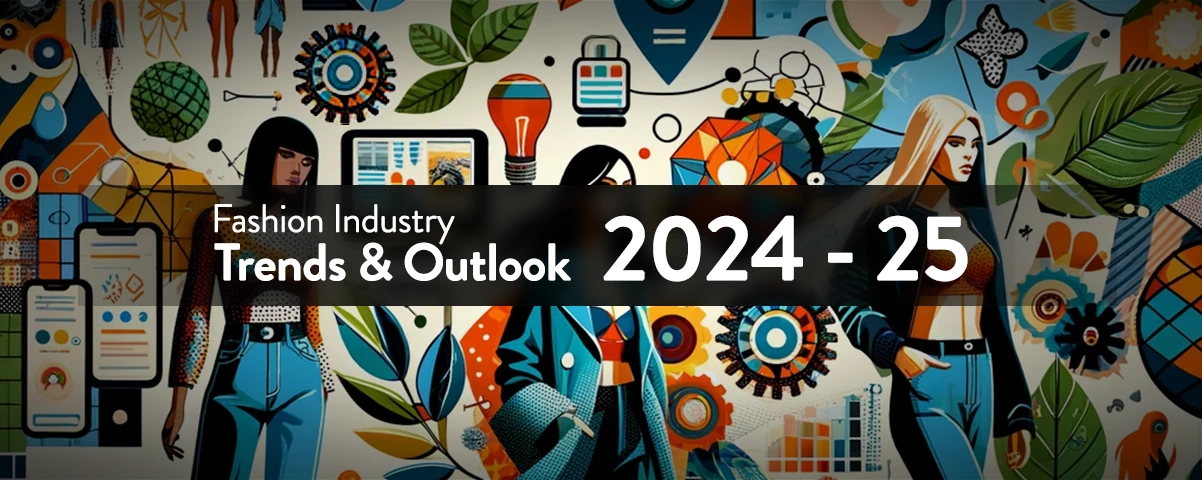Fashion Industry Trends & Outlook for 2024-25: Navigating a Challenging Era
-
Introduction
In 2024, conventional manufacturing and linear supply chains in the fashion industry will evolve significantly. Robots could replace many traditional labor roles, sustainability will be at the core of business strategy, waste will be transformed into raw materials, and data will guide just about everything.
Fashion businesses face challenges and opportunities beyond keeping up with these advancements. They must navigate complex geopolitical landscapes, respond to changing trade policies, labor laws, and higher borrowing costs amidst key elections and geopolitical shifts.
As we approach 2024-25, technological advancements, sustainability demands, and evolving consumer preferences become standard business concerns. The need for rapid production and transparency has intensified. This period may see the worst global economic growth in three decades, as per World Bank’s 2024 projections.
Agile and tech savvy business responses to these changes are crucial for survival. Let’s take a closer look at the industry trends that are reshaping the fashion industry in this period or sluggish growth.
-
The Top Fashion Industry Trends for 2024
1. The Rise of Vertical Integration
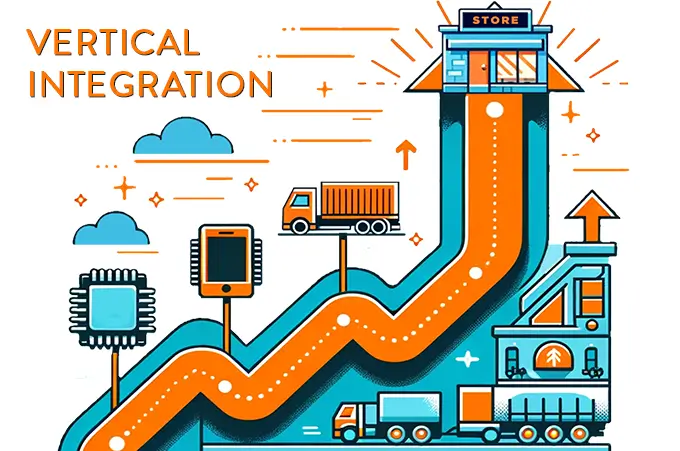
End-to-end vertical integration has emerged as a vital strategy for garment manufacturers, seeing factory owners expanding into realms traditionally outside their purview – such as textile production, knitting, and dyeing. The core motivation behind this shift is simply meeting the increasingly crunched buyer timelines.
Owning more stages of the supply chain enhances control over production and reduces lead times. It enables agility in responding to market changes and customer demands. This shift, however, demands substantial capital investment and a reevaluation of traditional business models. It often involves exploring new areas, requiring fresh expertise and workforce adjustments.
Despite these challenges, the benefits—enhanced efficiency, superior quality control, and heightened competitiveness—are considerable. Businesses adept at making this transition may gain a notable edge, providing quicker and more responsive services to clients.
2. Consolidation: The Survival of the Fittest
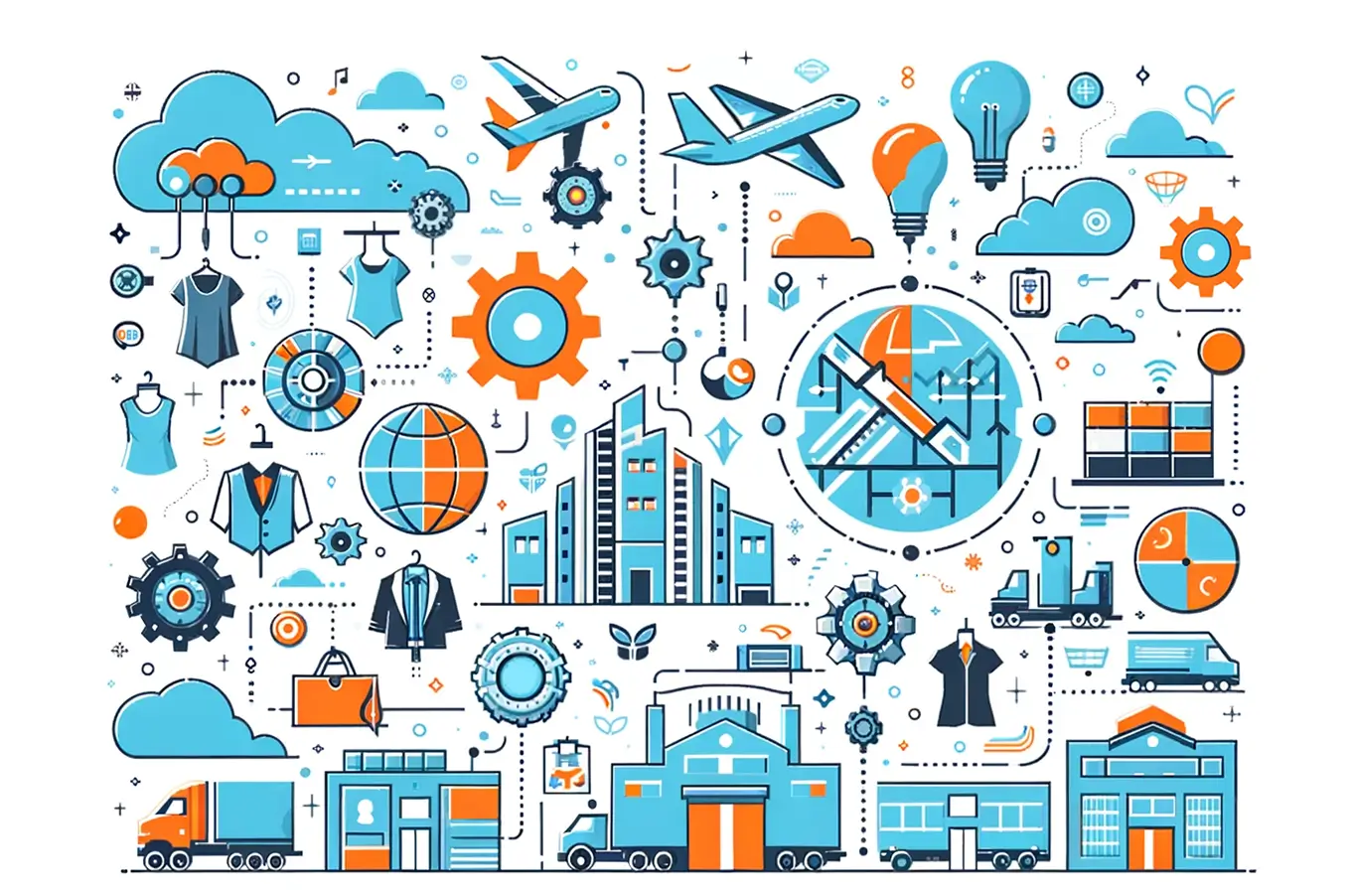
Consolidation by way of mergers, acquisitions and so on will be another big thing for the apparel supply chain in 2024-25. Several big firms could be seen narrowing their supplier base. This shift towards working with fewer but larger full-service suppliers will reshape the landscape.
For top-performing manufacturers, especially those highly rated on vendor scorecards, this presents substantial growth opportunities. But for smaller firms, the low growth, high cost, and low margins era could be painful. They would need to develop strategic partnerships to survive. Everyone from retailers to manufacturers will be looking for economies of scale to help counteract rising operating costs.
In such as environment, those who can adapt—by scaling up operations, investing in technology, or finding niche markets—may be the ones to thrive. However, the message is clear: agility and digital savviness are not just desirable attributes but essential for survival.
3. Sustainability: A Regulatory and Ethical Imperative
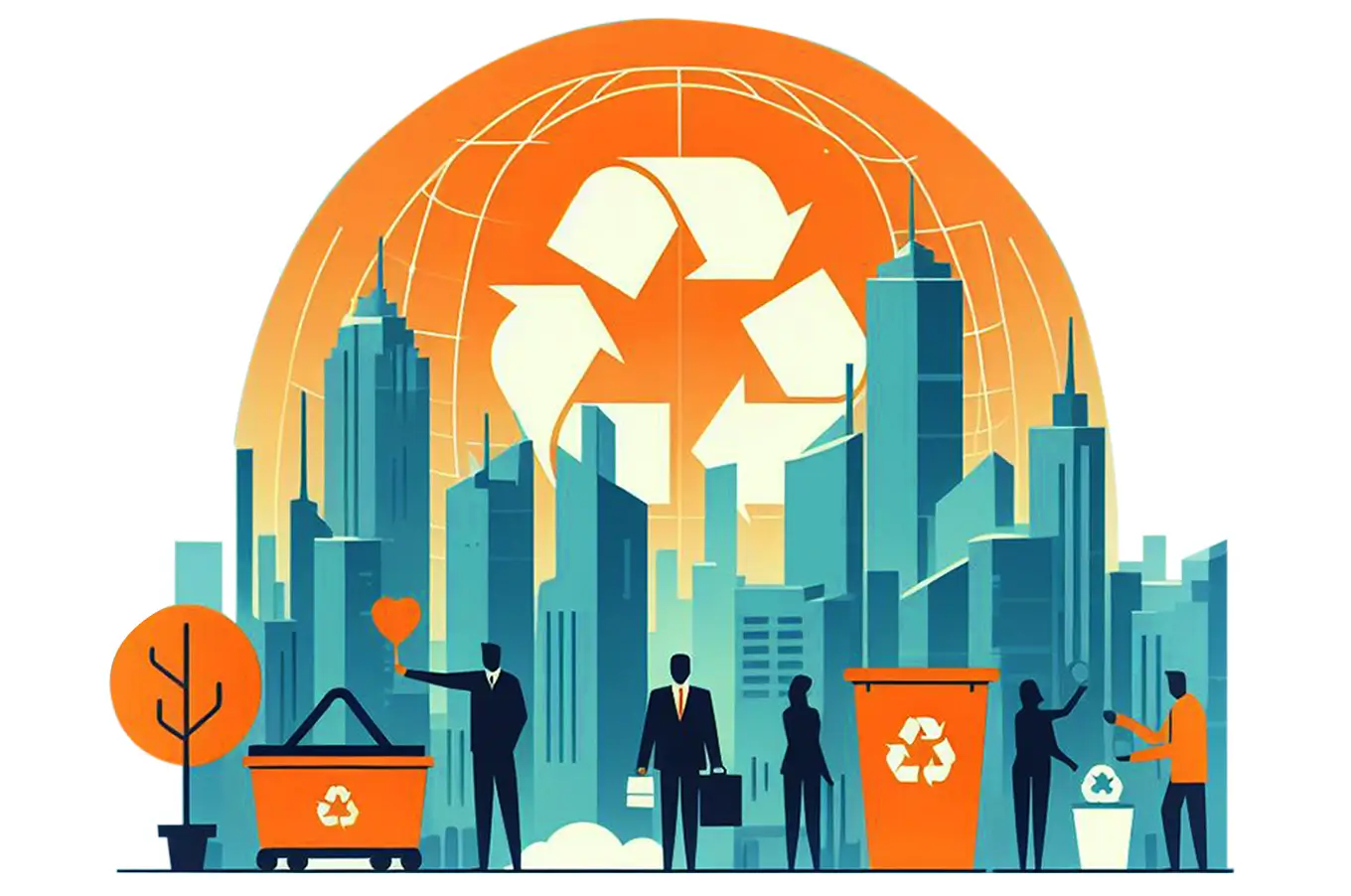
We all know that sustainability is no longer a buzzword. Legislation is coming for fashion supply chains. It’s a regulatory and ethical imperative. Legislation like Europe’s Corporate Sustainability Reporting Directive, Ecodesign Criteria for Consumer Textiles and the New York State Fashion Sustainability and Social Accountability Act exemplify this shift.
Manufacturers, especially in the EU and US (or exporting to these markets), face stringent regulations driving them towards sustainable practices. These laws cover not only environmental protection but also fair labor, ethical sourcing and greenwashing. The industry’s challenge lies in adapting manufacturing processes to be eco-friendly while maintaining transparency and ethical practices in the supply chain.
Adopting these changes requires both effort and investment, such as overhauling production methods, sourcing sustainable materials, and investing in eco-friendly technologies. Brands are expected to demonstrate sustainability at every supply chain stage.
Despite the hurdles, this shift offers opportunities like appealing to consumers who value sustainability, accessing new markets, and building differentiated brands. The journey towards sustainability, while challenging, opens doors to innovative and responsible business practices.
4. Geographic Dispersion and New Manufacturing Hubs
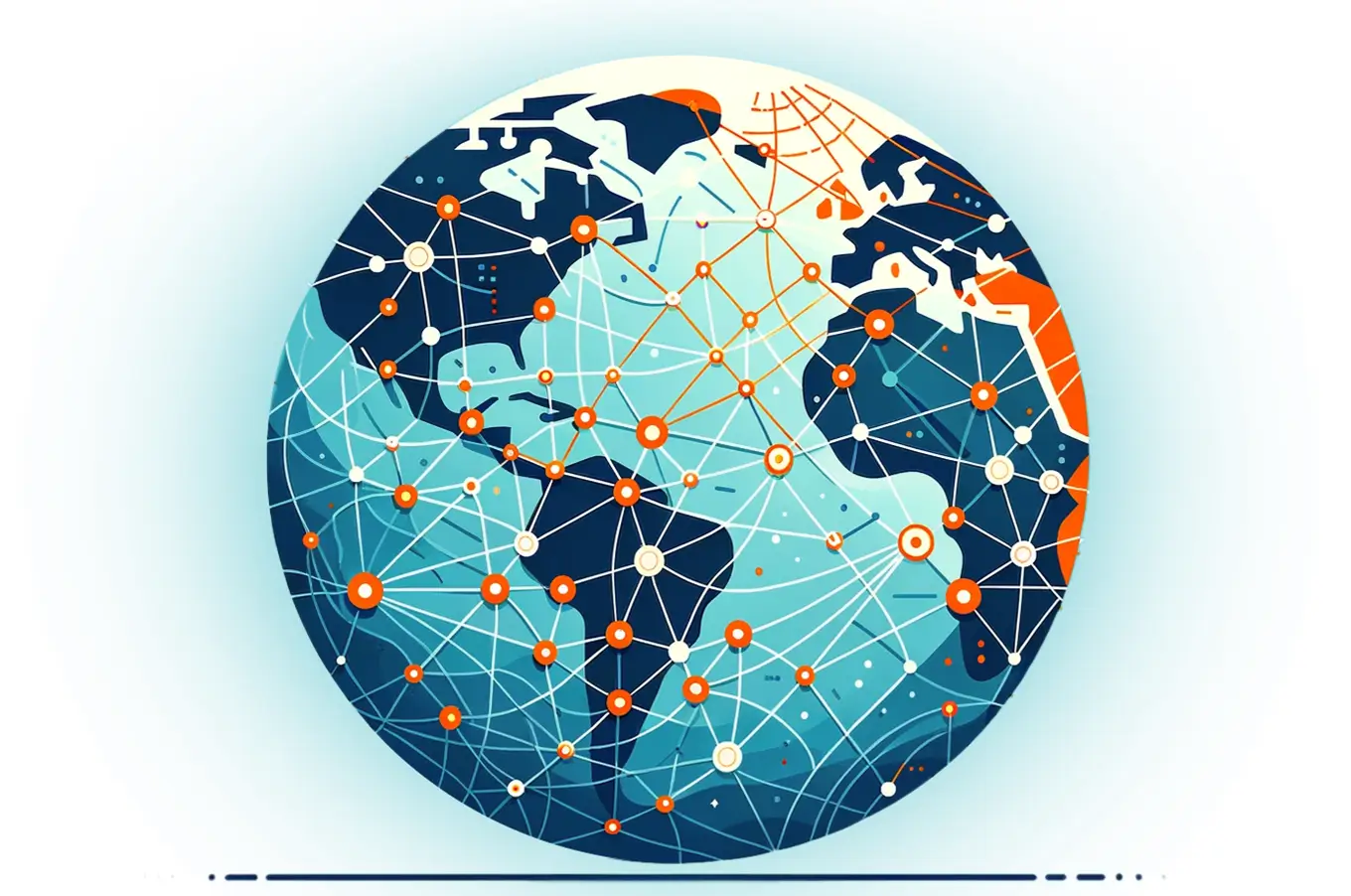
The global fashion manufacturing map is changing. Manufacturers, especially from traditional hubs like India, are expanding their operations into new regions such as Africa, Middle East, Turkey and Latin America. This move aims to overcome geographical limitations and capitalize on benefits like lower labor costs, access to raw materials, and proximity to consumer markets in Europe, the UK, and the Americas.
This geographical diversification is partly a strategic response to the supply chain disruptions of the pandemic and ongoing geopolitical tensions. By spreading their manufacturing bases, fashion brands seek to reduce reliance on traditional hubs, and move towards nearshoring and reshoring that promises more resilience and faster turnaround times.
Managing these widespread operations effectively will be crucial, requiring advanced cloud platforms for complex logistics and supply chain management across varied locations. As brands adapt to these changes, their success in the global fashion market will hinge on swiftly adjusting to new manufacturing scenarios while maintaining efficiency and quality.
5. Automation: The New Workforce
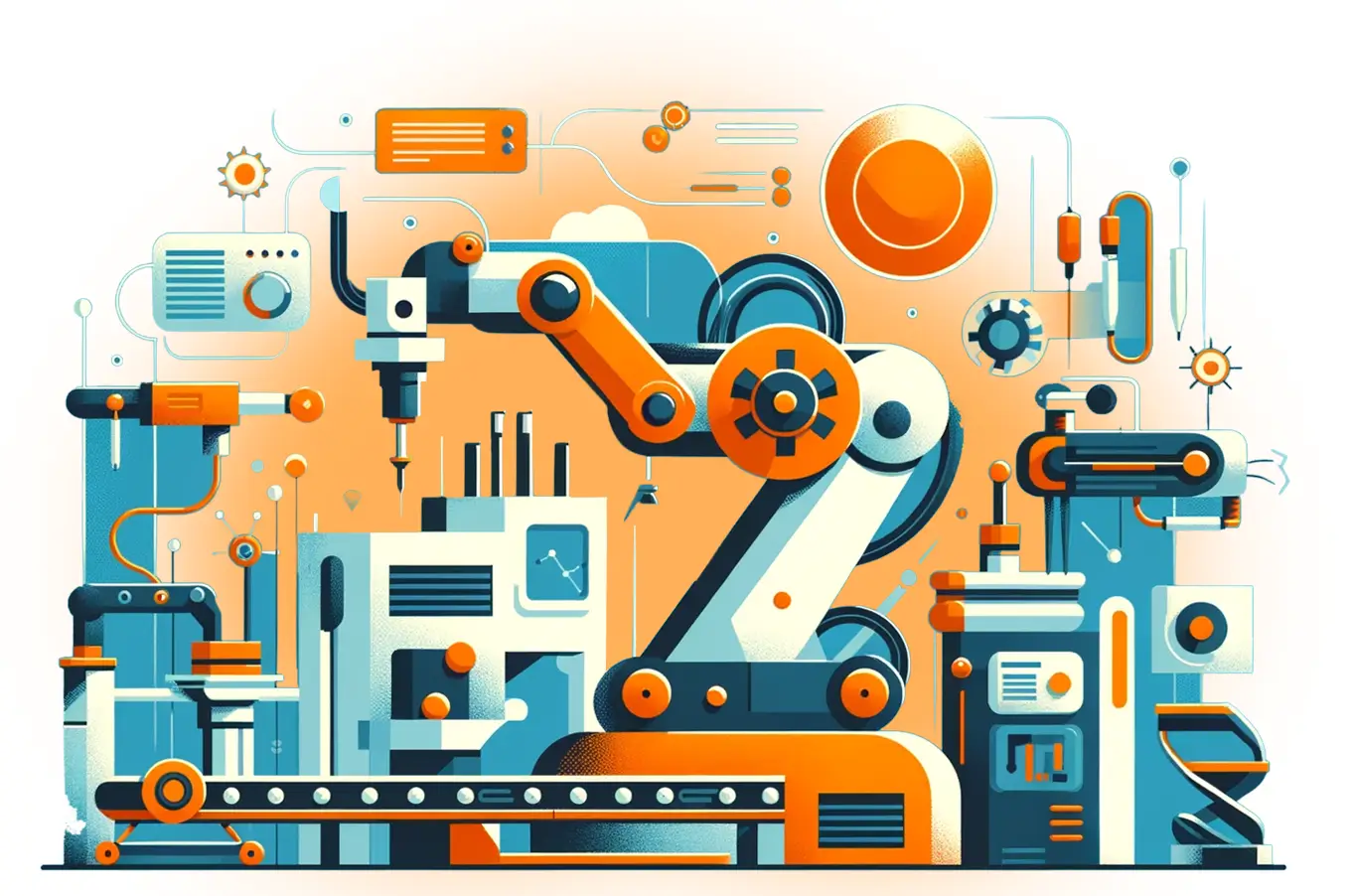
Automation will bring a seismic shift in manufacturing, with robots and AI-powered machines increasingly taking over tasks like cutting, sewing, finishing and even folding. This shift, driven by the desire to enhance efficiency, accuracy, and consistency and to reduce labor costs, offers businesses a way to meet the demands of a fast-moving market more effectively.
However, the move towards automation also raises important questions about the future of our workforce. As machines take on more tasks traditionally performed by humans, how will the role of skilled labor evolve in this future? This change calls for a revised workforce strategy, emphasizing reskilling and upskilling across various roles, from designers and technical teams to factory workers and managers, enabling them to effectively collaborate with and harness these new technologies.
While automation undoubtedly brings many benefits, it also underscores the need for a balanced approach that considers both technological advancement and the human element of our industry.
6. Fiscal Agility: Balancing the Books

As we navigate the choppy waters of the coming years, a crucial theme for fashion businesses will be the astute management of costs and inventories, coupled with strategic pricing. This approach transcends mere expense control; it’s about leveraging financial tools for agility in a market marked by intense competition and changing consumer preferences. Utilizing financial analytics and forecasting tools will be crucial for informed decision-making that balances cost-efficiency with growth opportunities.
In this environment, understanding and responding to consumer shifts—in styles, tastes, and priorities—is essential. Brands and suppliers that skillfully adapt to these changes, using modern financial and accounting tools to refine their strategies, will not only survive but also prosper. The ability to dynamically adjust pricing based on market trends and consumer data, while efficiently managing inventories to minimize waste and optimize sales, will set apart leaders in this competitive field.
Embracing sophisticated financial management tools has become a strategic advantage. This fiscal agility will allow manufacturers to capitalize on new trends, adapt to market shifts, and create value in a landscape where consumer preferences are evolving every day.
7. Mass Customization: The Personal Touch
 Mass customization is transforming the way we think about fashion production driven by consumers’ increasing demand for personalized and customized clothing that aligns with their unique style, preferences, and current trends.
Mass customization is transforming the way we think about fashion production driven by consumers’ increasing demand for personalized and customized clothing that aligns with their unique style, preferences, and current trends. Manufacturers are now compelled to provide customization options, from made-to-measure garments to online design tools. This shift demands greater flexibility and adaptability in production processes, with technologies like 3D prototyping and printing becoming crucial for meeting individual customer needs.
In fact, the rise of Direct-to-Consumer (DTC) brands underscores the growing importance of “made for you” in fashion. DTC brands are disrupting the traditional retail model by offering more personalized experiences and customization options, often through online platforms.
For the manufacturers, this trend represents a significant opportunity to collaborate with DTC brands, adapting their operational processes to meet the demands of a market that values uniqueness and personalization. However, it also challenges suppliers to rethink production models, moving away from mass production to more agile and responsive manufacturing setups.
8. Transparency and Traceability: The Conscious Consumer
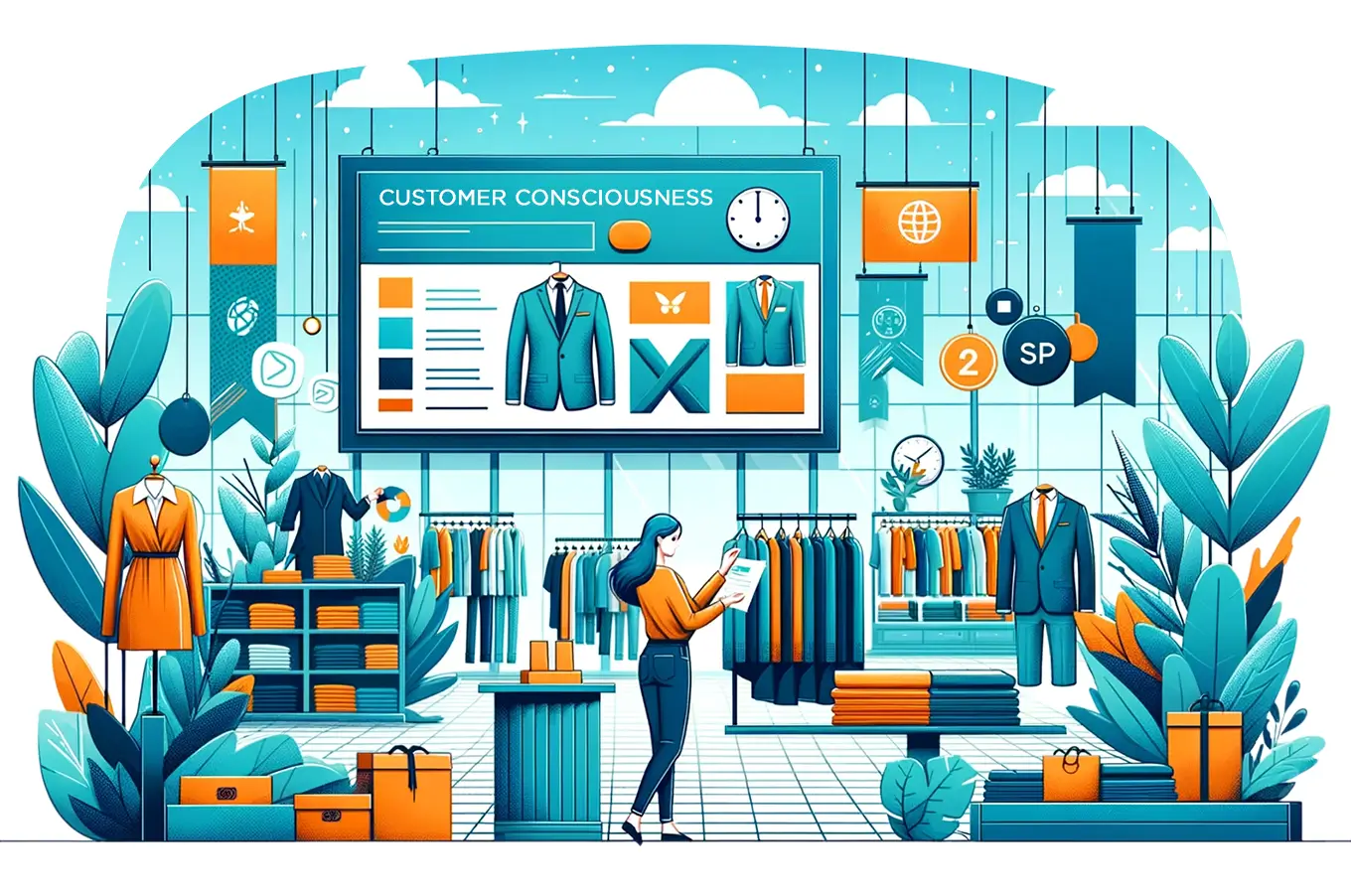 Transparency and traceability could together have been THE words of the year 2023 in the fashion dictionary, if there was one. Today’s eco-conscious consumer wants to know the origins and ethical credentials of their clothing. This demand for transparency is pushing brands, and thus their manufacturers, to expose their supply chains to scrutiny. Ensuring fair wages, safe working conditions, and ethical sourcing of materials is becoming a baseline expectation.
Transparency and traceability could together have been THE words of the year 2023 in the fashion dictionary, if there was one. Today’s eco-conscious consumer wants to know the origins and ethical credentials of their clothing. This demand for transparency is pushing brands, and thus their manufacturers, to expose their supply chains to scrutiny. Ensuring fair wages, safe working conditions, and ethical sourcing of materials is becoming a baseline expectation. Implementing systems for transparency and traceability can be complex and resource intensive. It requires us to track and report on every stage of the manufacturing process, often necessitating investments in new technologies and systems. There’s a lot of work to be done. Fashion Revolution’s Fashion Transparency Index 2023 found that 70 out of 250 brands (28%) still score in the 0-10% range.
However, this investment is not without its rewards. Increasing transparency will help build greater trust and loyalty with both the buyers and the end consumers. In an industry often criticized for its opacity, taking the lead on transparency can be a powerful differentiator.
9. Digital Transformation: Beyond the Buzzword
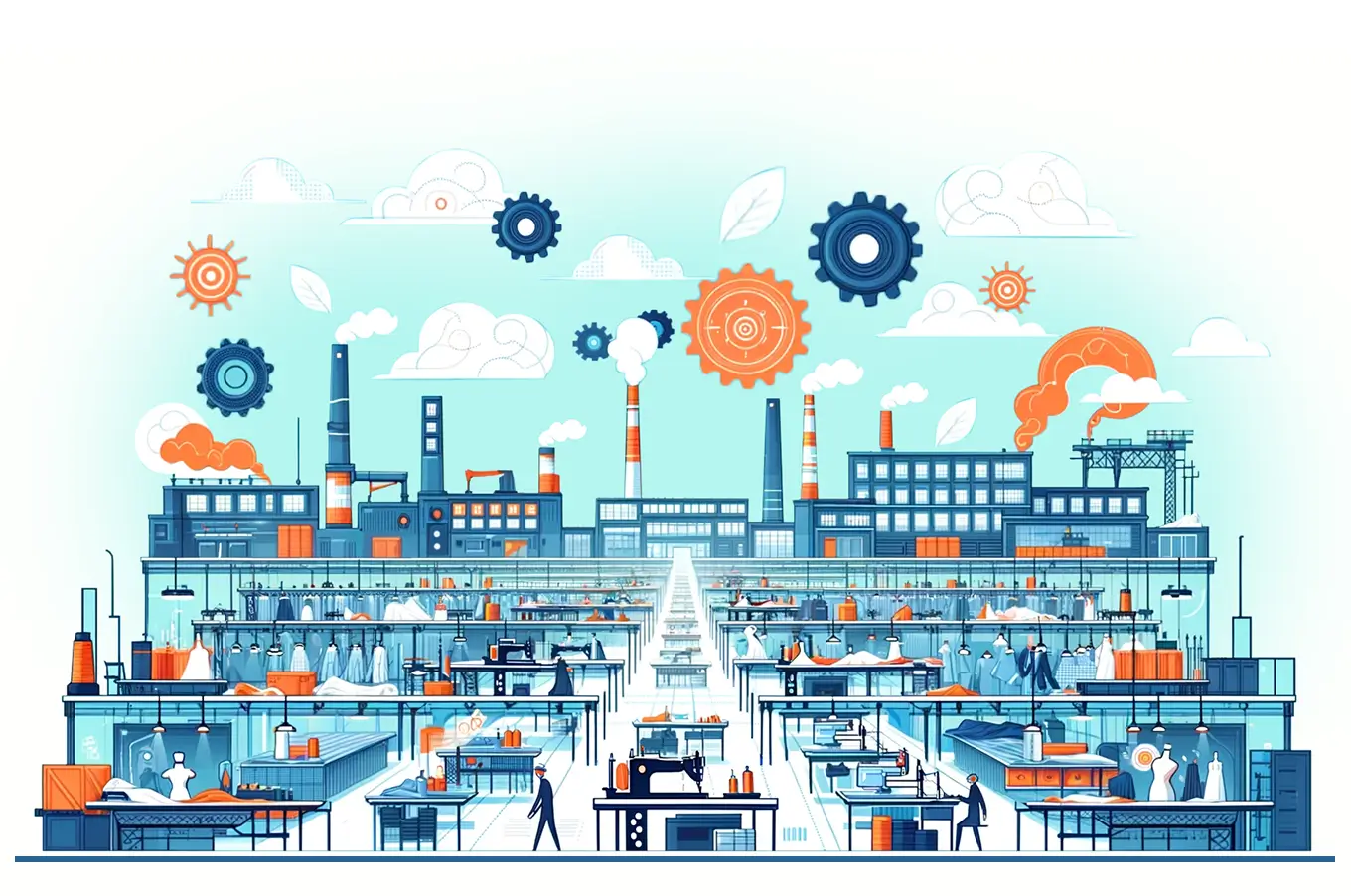 Digital transformation in the fashion industry is fundamentally shifting in how we operate and innovate. For manufacturers, it means embracing technologies like modern supply chain management platforms, 3D designs, AI-driven machinery and on-demand production. While brands need to leverage the right product lifecycle management systems, marketing automation, e-commerce, and consumer analytics tools.
Digital transformation in the fashion industry is fundamentally shifting in how we operate and innovate. For manufacturers, it means embracing technologies like modern supply chain management platforms, 3D designs, AI-driven machinery and on-demand production. While brands need to leverage the right product lifecycle management systems, marketing automation, e-commerce, and consumer analytics tools. The path to digital transformation is not one-size-fits-all. Each company’s journey will be unique, influenced by its own challenges, goals, and existing IT landscape. While some might focus on gaining clarity and insights from business data, others may want to integrate AI into production planning.
The key is to develop a tailored digital transformation strategy that aligns with your business objectives is to work with a digitalization partner that understands your business and your industry. Want some help? Book a session with a fashion-tech consultant from WFX.
Implementing digital solutions requires configuring solution and the to ensure your team effectively utilize the new tools. And the potential benefits are the fruits of a tree that keeps on giving. Digitalization helps you streamline operations, reduce wastage, enhance product quality, and respond more quickly to market changes. They also provide an opportunity to collaborate closely with buyers and partners, with more transparency and flexibility.
10. Generative AI: The New Frontier in Fashion Innovation
 We just can’t talk about the future without talking about Generative Artificial Intelligence (Gen AI). Surrounded by significant buzz in 2023, Gen AI is beginning to see experimental applications by fashion companies like Levi’s Strauss, Zegna and Kering. McKinsey predicts it could add up to $275 billion into the apparel, fashion and luxury sectors’ profits in the next five years.
We just can’t talk about the future without talking about Generative Artificial Intelligence (Gen AI). Surrounded by significant buzz in 2023, Gen AI is beginning to see experimental applications by fashion companies like Levi’s Strauss, Zegna and Kering. McKinsey predicts it could add up to $275 billion into the apparel, fashion and luxury sectors’ profits in the next five years. Gen AI’s broad applicability across the fashion value chain—from design and production to marketing and customer engagement—makes it a particularly exciting area of exploration. Companies are looking to scale up use cases where Gen AI has shown clear performance benefits. This trend marks a shift towards more intelligent, data-driven approaches in fashion manufacturing and retail, offering opportunities for increased efficiency, creativity, and personalization.
As companies begin to scale their use cases, we’re likely to witness big changes in how fashion is conceived, created, and consumed. And with the tech itself continuously evolving, Gen AI’s potential to transform various aspects of the fashion industry is immense, making it a key area to watch in the coming years.
-
Conclusion
In the next half decade, the fashion industry finds itself at a critical intersection of innovation and ethical responsibility. The trends we observe today—from vertical integration to digital transformation—are not just fleeting fads but are reshaping the very fabric of this industry.
This period promises to usher in an era where aesthetics meets ethics, with clothes that are visually appealing, sustainably made, and tailored to individual preferences through technological innovations. However, these advancements come with their own set of challenges. The journey towards this future features a maze of ethical dilemmas, environmental concerns, and technological disruptions.
The industry faces a daunting task: to balance creativity and innovation with a heightened sense of global responsibility. The future of fashion, therefore, hangs in a delicate balance—a scenario that is both thrilling and foreboding, where the industry’s next steps will determine its trajectory in a rapidly evolving global landscape.
